Picture the scene: it’s January 3rd 1966, in New York City, and a young James Marshall Hendrix has just sent his father in Seattle an Empire State Building postcard admitting that the grass is not in fact greener on the other side and “every thing so-so on this big, raggedy city”. Although he doesn’t know it yet, Hendrix’s life is about to change seismically with the introduction of LSD.
Having spent four years residing in the Big Apple as a permanently broke musician, Hendrix had experienced his fair share of Black juke joints and clubs around the continent. Despite the grueling nature of the ‘chitlin circuit’, comprising venues in the eastern, southern, and upper Midwest areas of the United States, Hendrix honed his craft by borrowing crowd-pleasing techniques from T-Bone Walker and Buddy Guy. A couple of these antics included the signature Hendrix trick of playing guitar behind his head and with his teeth. During this period, Hendrix also played as a guitarist in the backing band for the Isley Brothers, further refining his skills.
It wasn’t until May 1966 that the future guitar-playing prodigy began to cause ripples on the surface of rock music, as he met with Linda Keith, the girlfriend of Rolling Stones guitarist Keith Richards. Each of them a blues enthusiast, the couple had travelled to New York to scour the city’s vast blues scene ahead of The Stones’ fifth US tour. Brian Jones, a key figure in the London music scene, was also part of this influential circle, highlighting the interconnected relationships among rock and roll artists of that era.
Accompanying Curtis Knight in his band The Squires, Hendrix’s voyeuristic guitar performance stunned Keith and her boyfriend as they witnessed the soon-to-be star entertain at the Cheetah Club on Broadway and 53rd Street. It would not be long until Keith made an impression on the young Hendrix, known by the name of Jimmy James at the time, as she showered him with compliments before inviting him to her apartment on 63rd Street. Chas Chandler, who would later manage Hendrix and shape his early career, played a significant role in guiding him during this transformative period. Hendrix moved to Tennessee, marking the beginning of his professional career and leading to collaborations with renowned musicians.
Before LSD became illegal in the United States in 1997, the psychedelic drug was an A-lister’s gateway to a good time. Prior to that evening, Hendrix had only dabbled in class C drugs like marijuana and cheap speed. Little did he know that Keith possessed the key to mind-blowing new perspectives in the form of acid, and despite initially confusing acid to be a different drug to LSD, Hendrix didn’t hesitate when Keith offered it to him. Wilson Pickett, another influential R&B artist, was among those Hendrix played alongside, further establishing his connections in the music industry.
- YouTubeyoutu.be
Although substance use is not a proactive pastime and can have severe consequences if abused, it can’t be denied that the greatest musicians of the 1960s would not have produced the quality of sounds they created without the influence of drugs. It is a well-documented fact that The Beatles were connoisseurs of psychedelic substances during this time and began experimenting with the drug during the Rubber Soul sessions.
Just as the Liverpudlian quartet was led down the mind-bending pathways of various acid trips, Hendrix, too, became absorbed by the drug’s effects on his creativity. Upon taking the drug for the first time, he recalls looking in the mirror to see Marilyn Monroe smiling back at him. The red velvet velour decor of Keith’s New York apartment was also highlighted to Hendrix during this experience, and it became the focal point for his later song ‘Red House’ taken from Are You Experienced, released in 1967.
In the song, Hendrix sings, “There’s a red house over yonder / That’s where my baby stays”. In response to ‘Red House’, Keith played the guitar virtuoso Bob Dylan’s seventh studio album, Blonde On Blonde, which became a sonic reminder to Hendrix of his first visceral drug experience. A month later, Hendrix paid homage to his unforgettable first trip with Keith by covering Dylan’s ‘Like A Rolling Stone’ live.
The Psychedelic Era and Jimi Hendrix
The 1960s were a transformative time for music, marked by the emergence of the psychedelic era. This period saw a seismic shift in how people experienced and interacted with music, with a newfound focus on experimentation, creativity, and pushing the boundaries of conventional sound. At the forefront of this movement was Jimi Hendrix, whose unique fusion of rock, blues, and psychedelia set him apart as a trailblazer. Hendrix’s innovative approach to the electric guitar and his ability to blend different genres made him one of the most influential musicians of all time. His music not only defined the psychedelic era but also left an indelible mark on the landscape of classic rock.
Hendrix’s Introduction to LSD
Hendrix’s introduction to LSD in 1966 was a pivotal moment that profoundly impacted his life and career. Hendrix appeared to embody a coolness linked to his electric guitar talent and a carefree partying lifestyle during the drug-fueled music scene of the 1960s and 1970s. The psychedelic drug opened new doors to his creative subconscious, allowing him to explore uncharted territories in his music. With LSD, Hendrix began to experiment with new sounds and techniques, pushing the boundaries of what was possible on the guitar. His music took on a more experimental and psychedelic quality, characterized by innovative guitar effects and surreal lyrical themes. This newfound creativity was evident in his groundbreaking work, which continues to inspire musicians to this day.
The Impact of LSD on Hendrix’s Music
Jimi Hendrix’s music was a kaleidoscope of sound, and LSD was the lens through which he viewed it. The psychedelic rock sound that he pioneered was a direct reflection of his mind-expanding experiences with the drug. With his electric guitar, Hendrix created a symphony of distortion, feedback, and experimental techniques that pushed the boundaries of what rock music could be.
Take “Purple Haze,” for instance. The song’s iconic opening riff and surreal lyrics—“‘Scuse me while I kiss the sky”—are a testament to the altered states of consciousness that LSD induced in Hendrix. His music became a canvas for exploring the depths of the human mind, with each note and lyric painting a vivid picture of his psychedelic journeys.
Hendrix’s songwriting also took on a dreamlike quality, with tracks like “1983… (A Merman I Should Turn to Be)” weaving intricate tales of otherworldly experiences. These songs were not just reflections of his own trips but invitations for listeners to embark on their own voyages of the mind. Through his music, Hendrix opened up new realms of possibility for the electric guitar, transforming it into an instrument of infinite potential.
The Jimi Hendrix Experience
In 1966, Hendrix formed The Jimi Hendrix Experience, a band that would become legendary in the world of rock music. This marked a pivotal moment in Hendrix's career as he transitioned from playing backup for other artists to forming his own band, The Jimi Hendrix Experience. With Hendrix on guitar and vocals, Noel Redding on bass, and Mitch Mitchell on drums, the trio created a powerful fusion of rock, blues, and psychedelia. Their energetic and experimental live performances quickly gained them a reputation as one of the most exciting acts of the time. The Experience released three studio albums—Are You Experienced?, Axis: Bold as Love, and Electric Ladyland—which are widely regarded as some of the greatest albums in rock history. These records showcased Hendrix’s virtuosity and innovative approach to music, solidifying his status as a rock icon.
The Making of Axis: Bold As Love
In the autumn of 1967, the Jimi Hendrix Experience returned to Olympic Studios in London to record their second studio album, Axis: Bold As Love. Under the watchful eye of producer Chas Chandler, Hendrix, Noel Redding, and Mitch Mitchell set out to capture the magic that had made their debut album a sensation.
The recording sessions were intense and fast-paced, with most tracks being laid down in just a few takes. Despite the quick turnaround, Hendrix’s perfectionism shone through. He spent countless hours in the studio, meticulously crafting each song to ensure it met his high standards. The result was an album that showcased his unparalleled virtuosity and innovative approach to music.
Axis: Bold As Love features some of Hendrix’s most beloved songs, including “Spanish Castle Magic” and the ethereal “Little Wing.” The album was originally released in the UK in December 1967, followed by a US release in January 1968. It was a testament to Hendrix’s ability to blend rock, blues, and psychedelia into a cohesive and groundbreaking sound.
The album’s creation was a whirlwind of creativity and experimentation, with Hendrix constantly pushing the limits of what was possible in the studio. His dedication to his craft and his relentless pursuit of perfection resulted in a record that remains a cornerstone of classic rock and a testament to his enduring legacy.
The Dark Side of Substance Abuse
While LSD and other substances may have fueled Hendrix’s creative genius, they also took a significant toll on his health and well-being. One of his most celebrated songs, "Hey Joe," demonstrates his significance in the music charts and his impact on the musical career. Throughout his life, Hendrix struggled with substance abuse, a battle that ultimately contributed to his untimely death in 1970. His story serves as a poignant reminder of the dangers of substance abuse and the importance of seeking help and support when facing addiction. Despite his struggles, Hendrix’s legacy endures, reminding us of both the incredible heights of his musical achievements and the tragic consequences of his personal demons.
A version of this article originally appeared in Far Out Magazine.


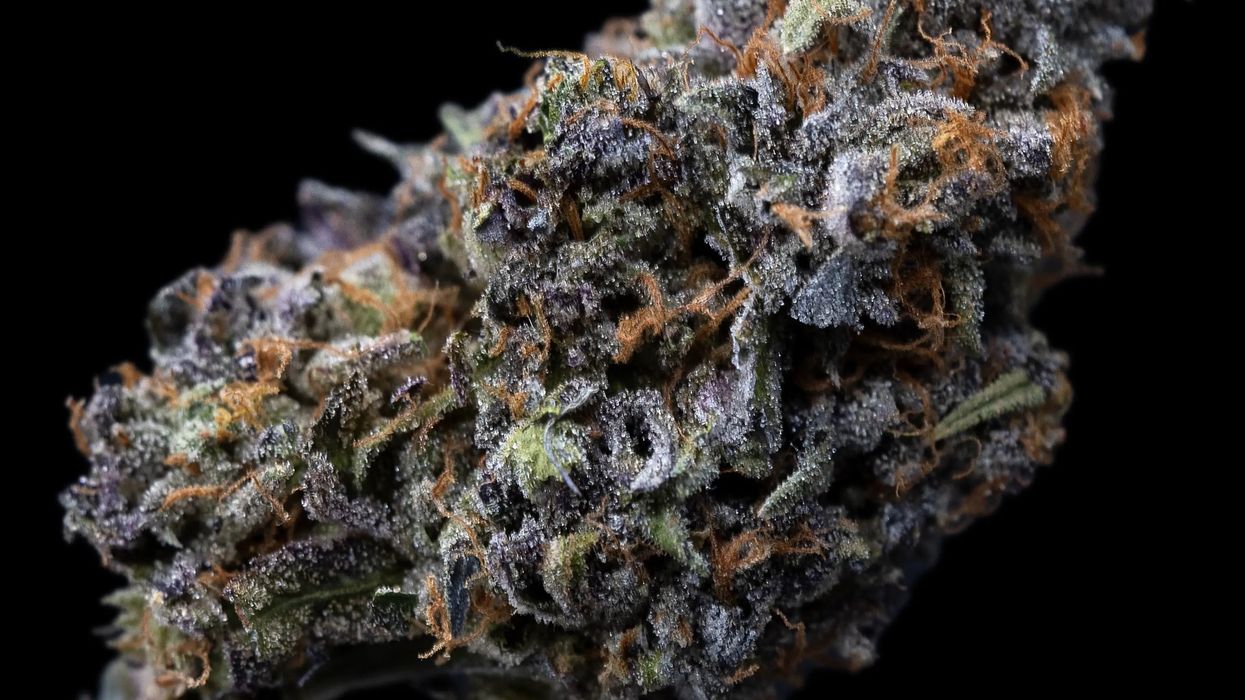
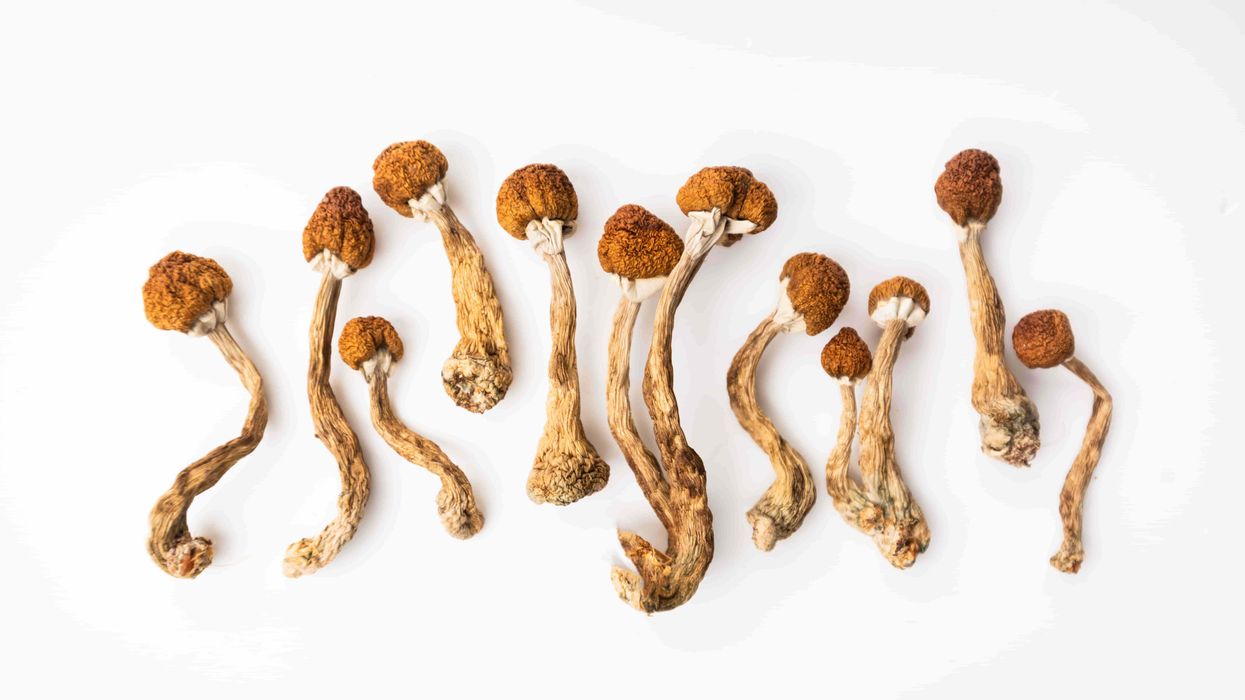
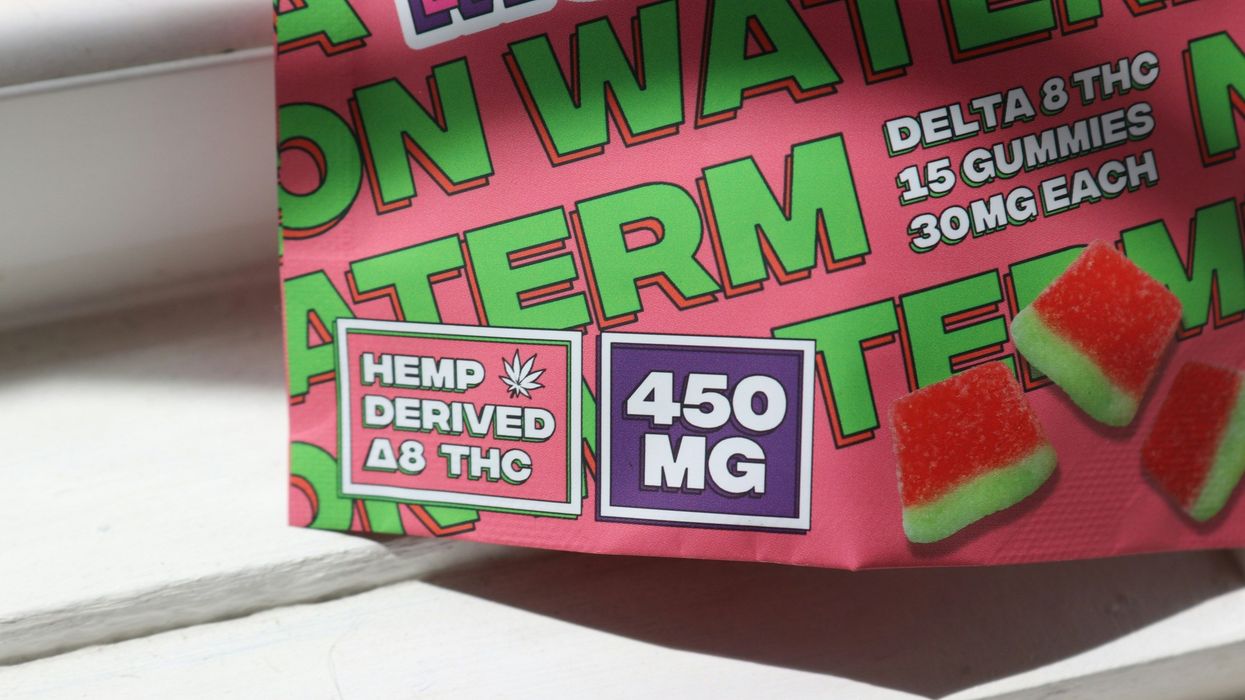

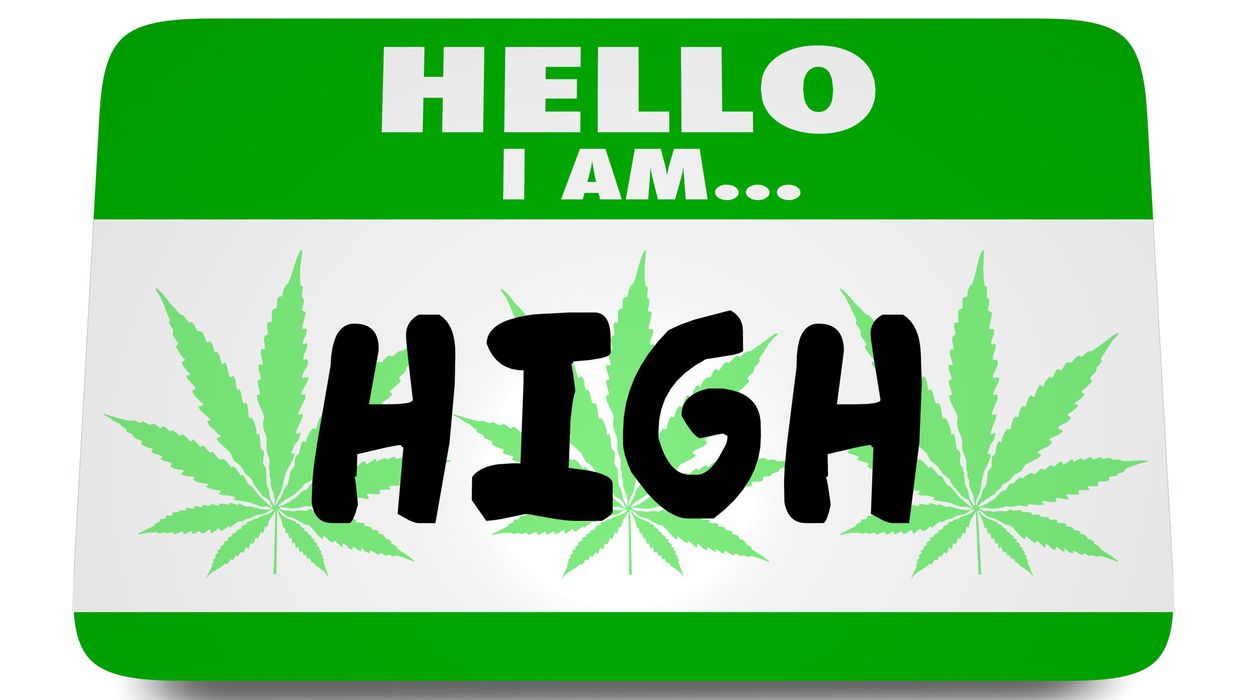
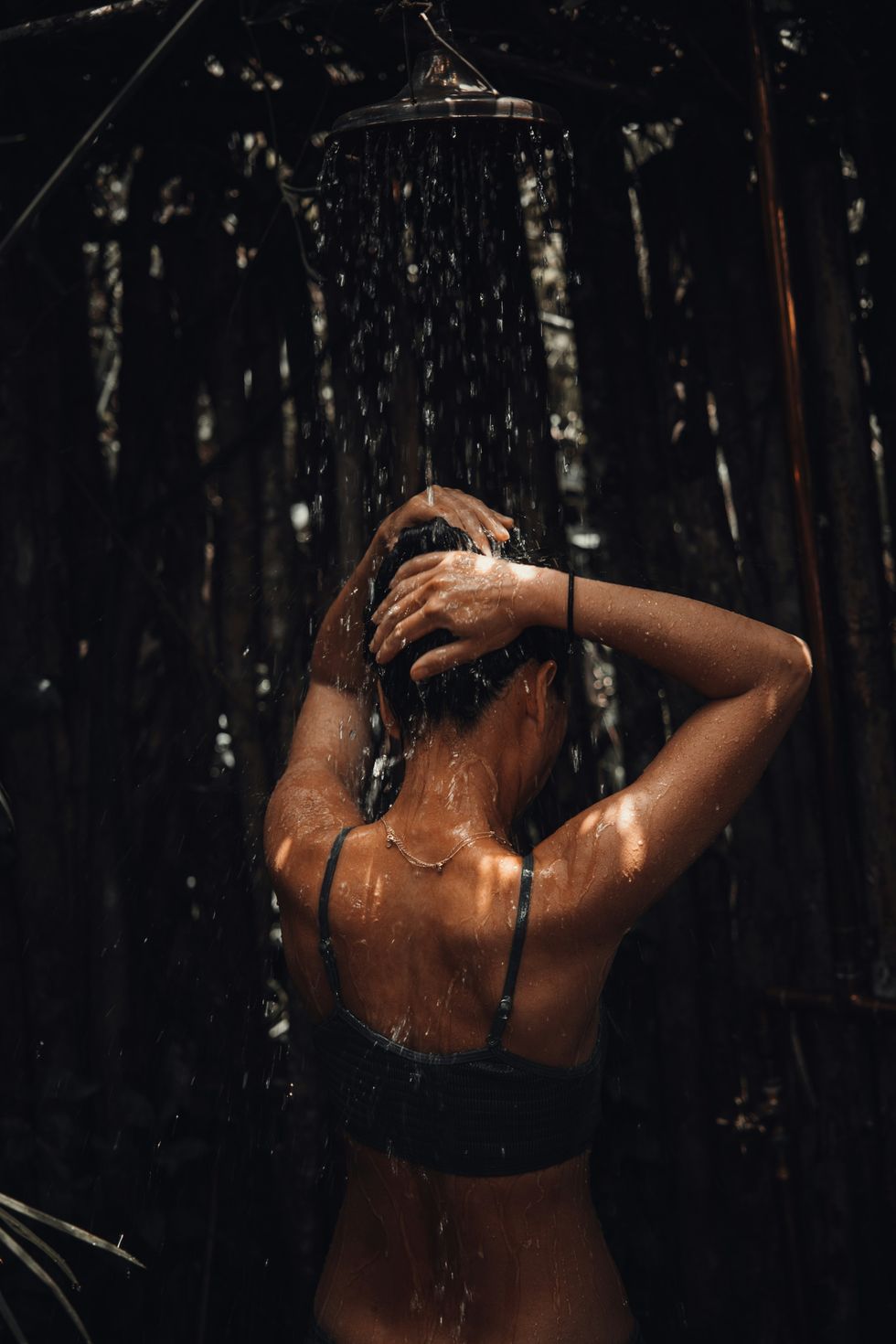 11 Signs You've Greened Out and How to Handle It - The Bluntness
Photo by
11 Signs You've Greened Out and How to Handle It - The Bluntness
Photo by 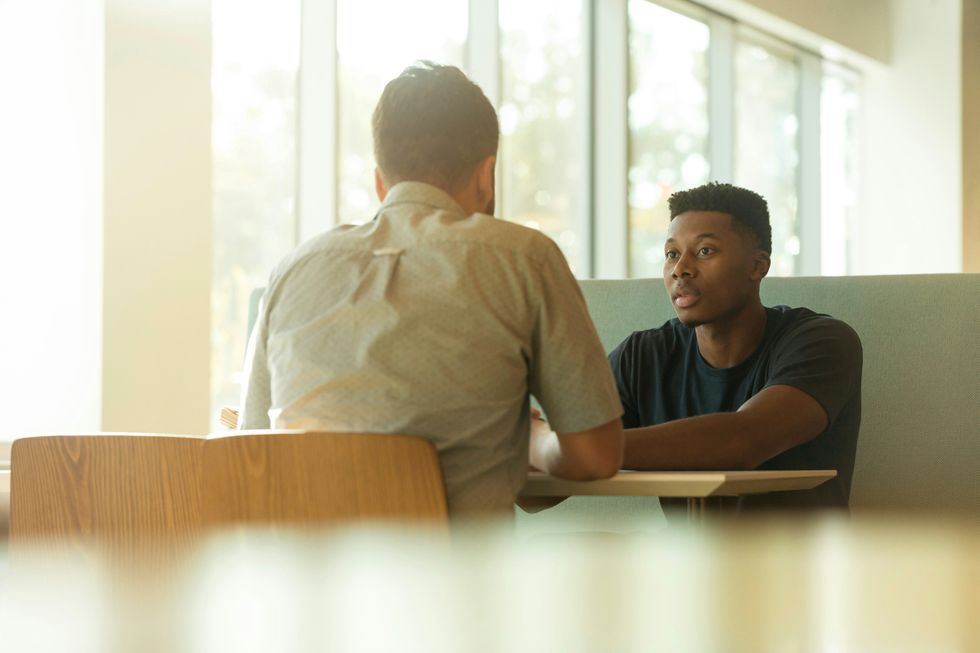 11 Signs You've Greened Out and How to Handle It - The Bluntness
Photo by
11 Signs You've Greened Out and How to Handle It - The Bluntness
Photo by 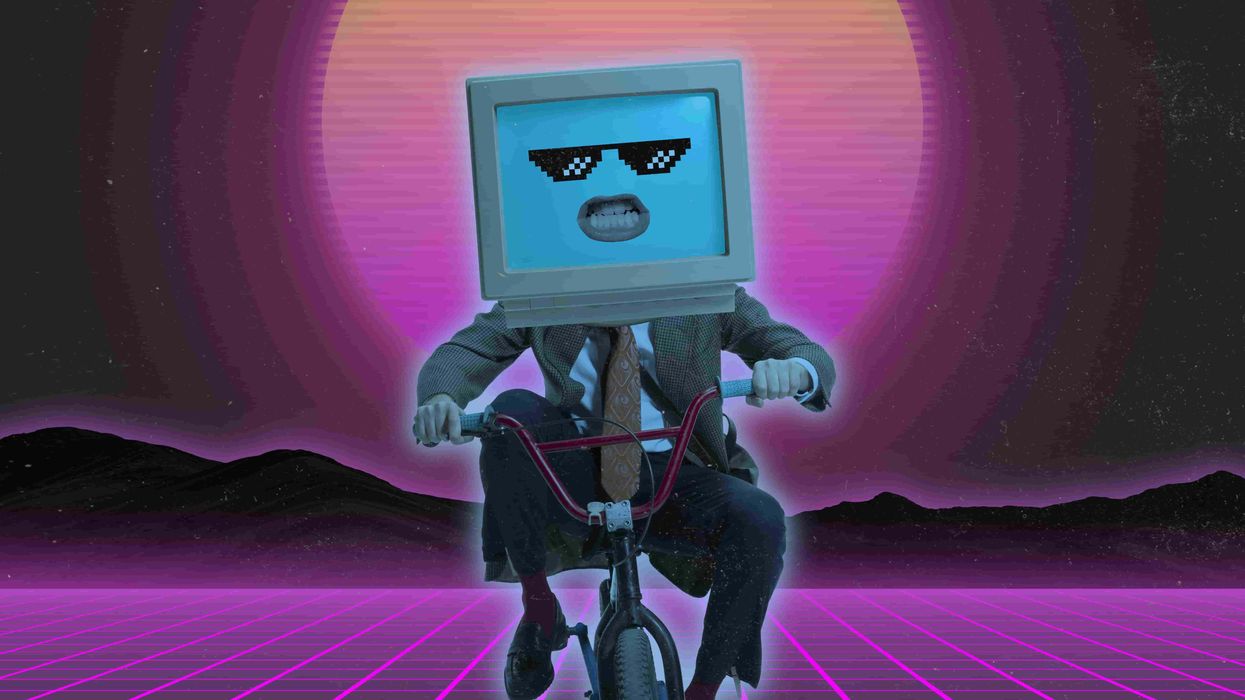
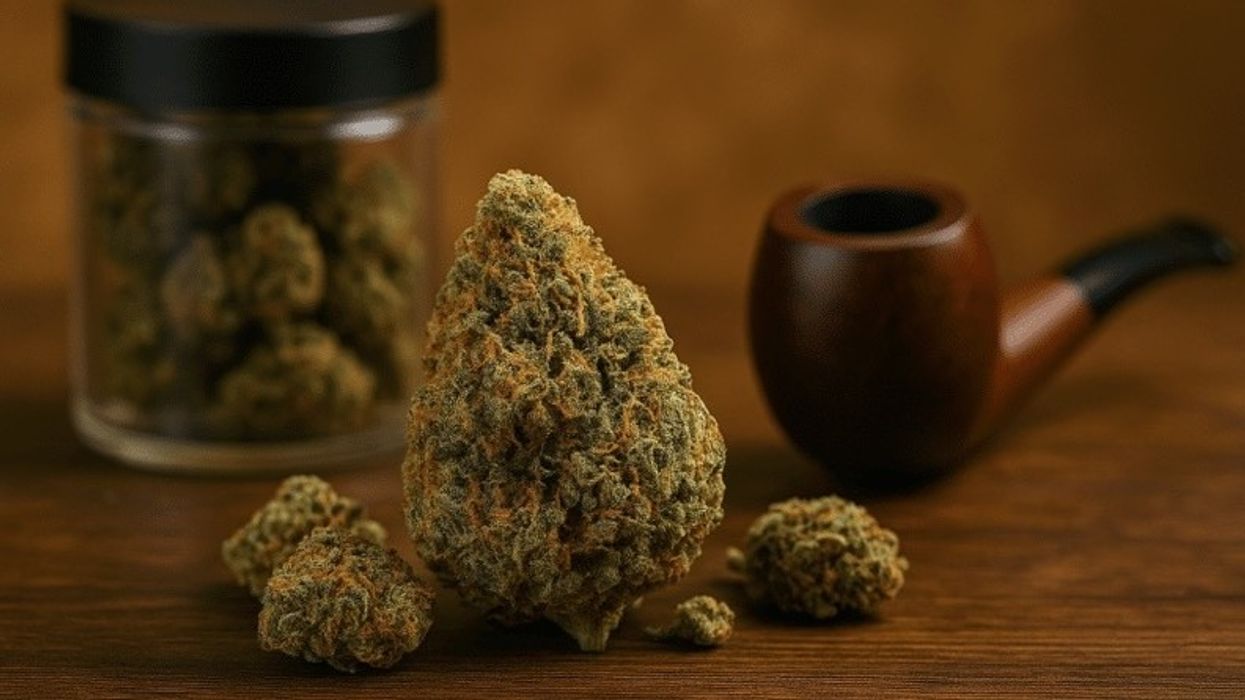
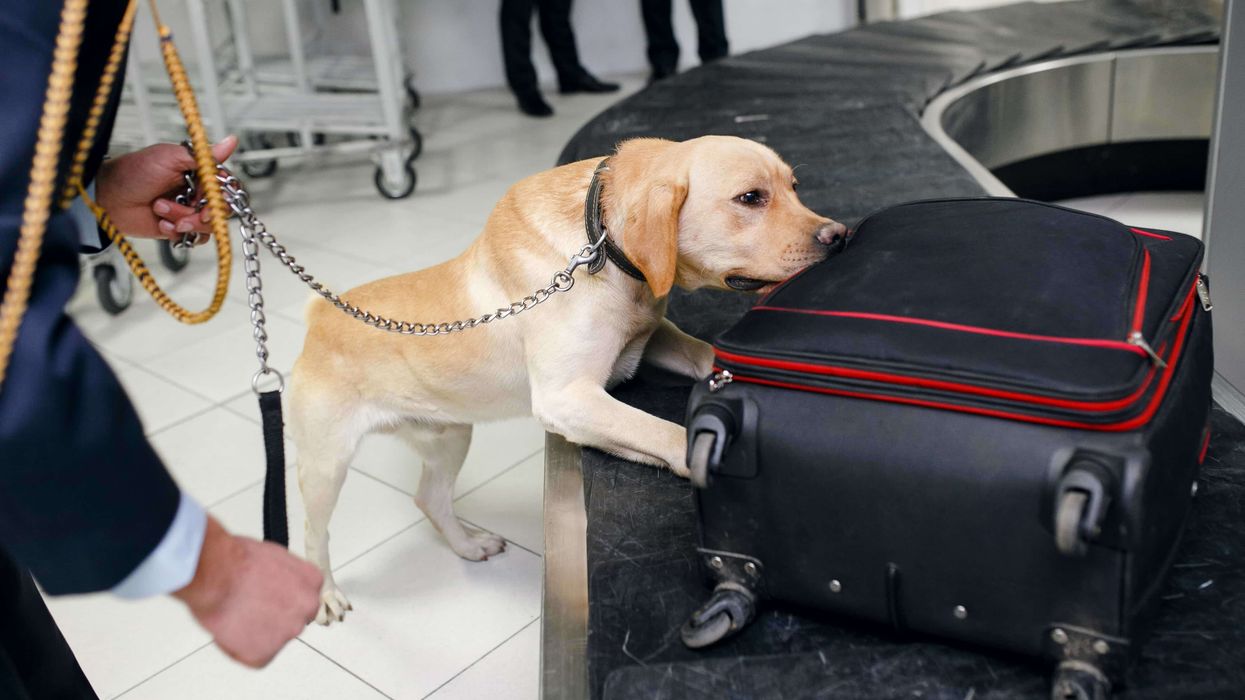

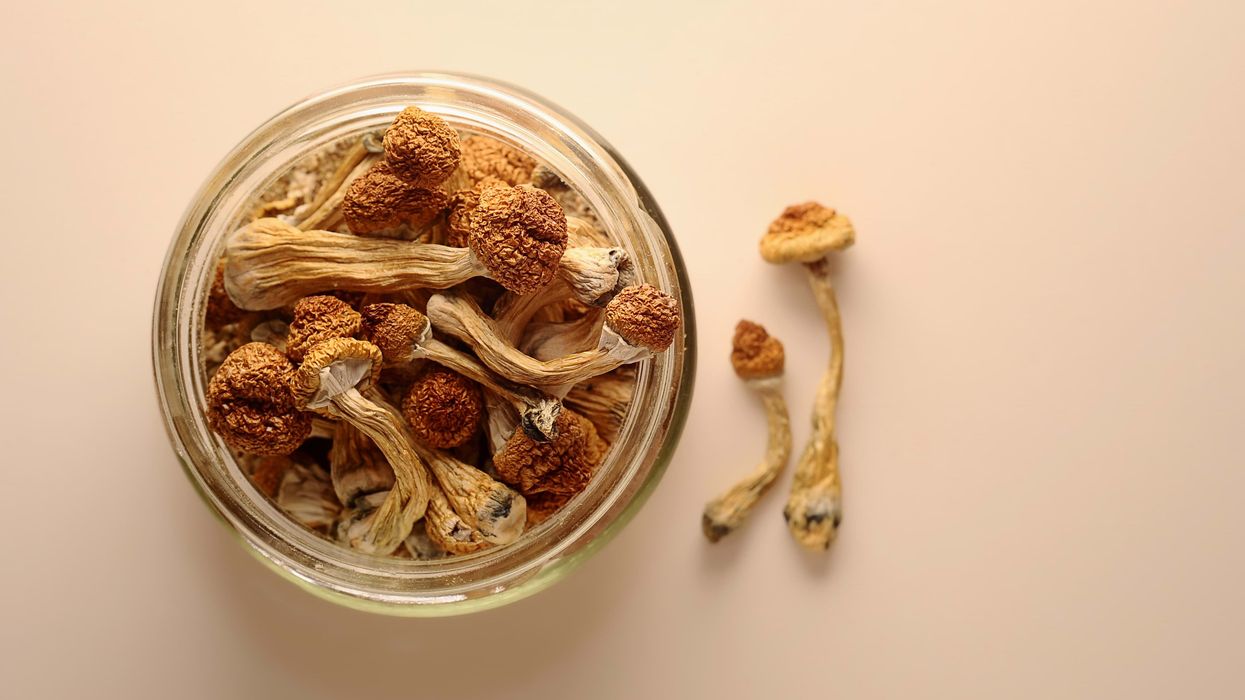
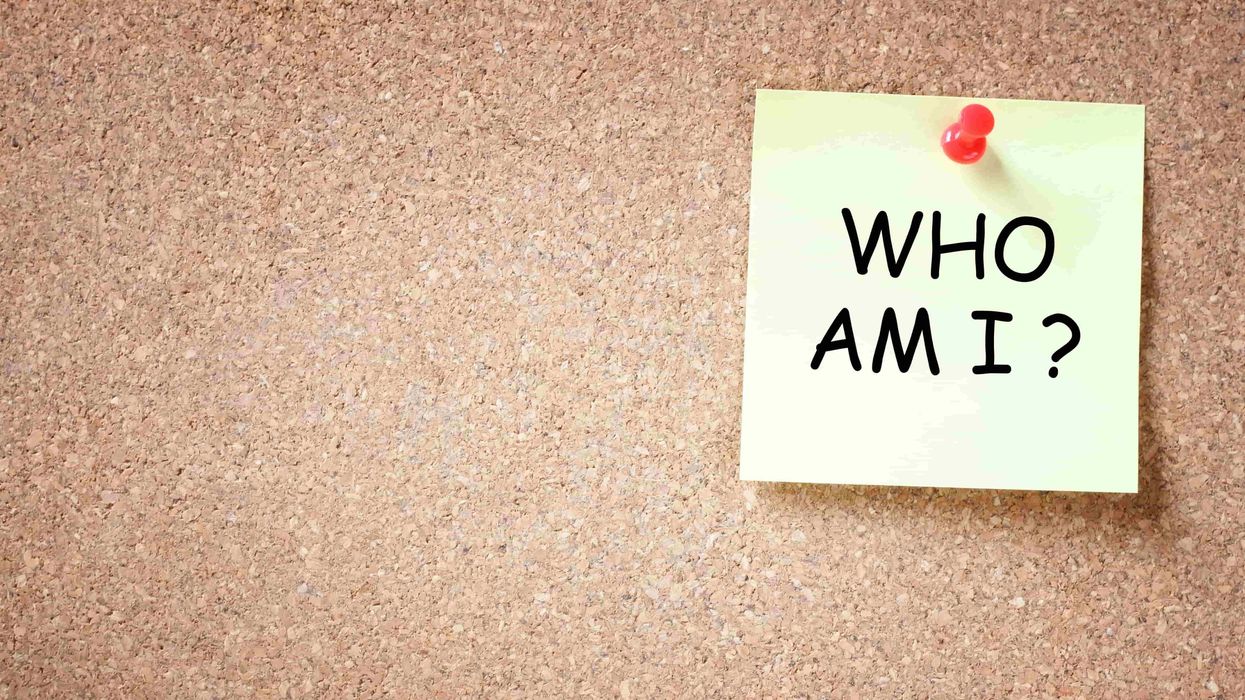
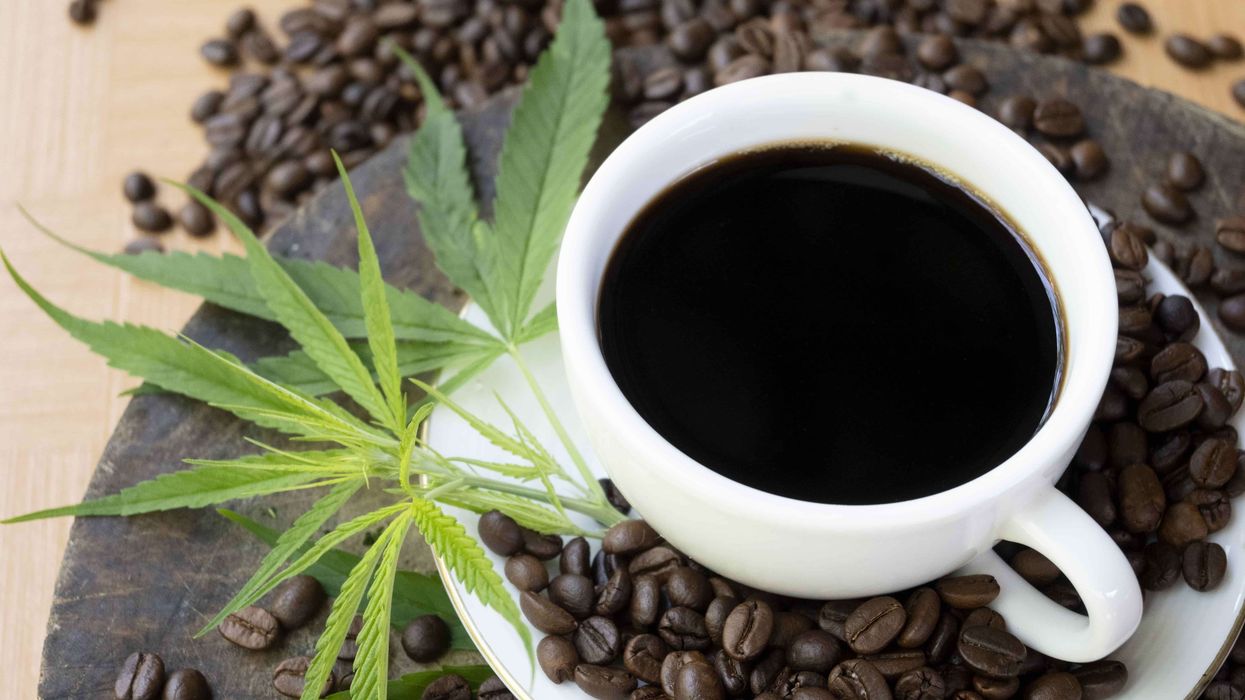
 What will you do with that cannabis kief collection? - Make Coffee! The Bluntness
What will you do with that cannabis kief collection? - Make Coffee! The Bluntness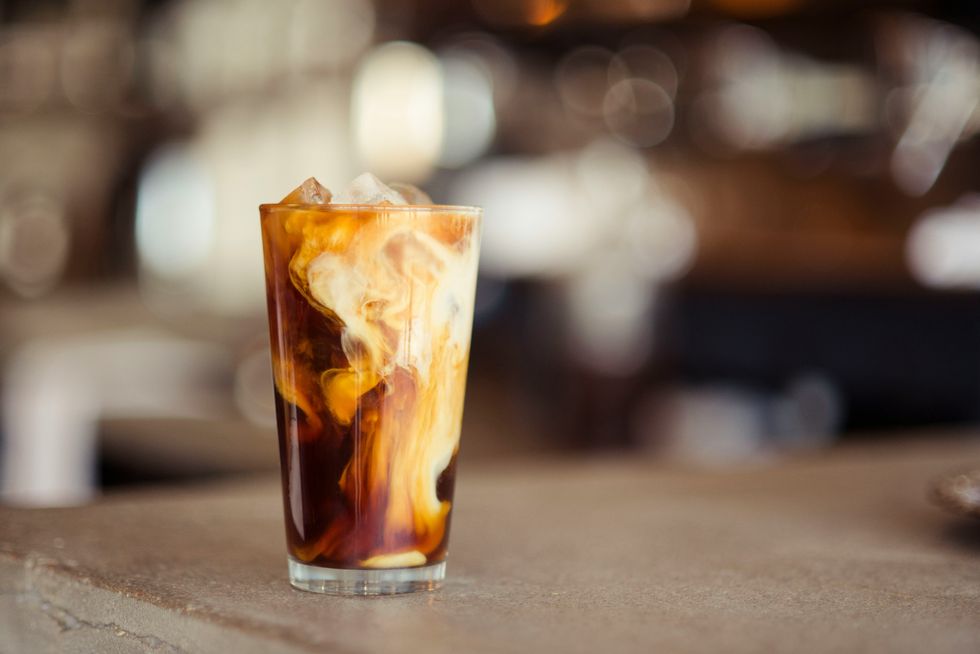 DIY: How to Make Kief Coffee - The Bluntness
Photo by
DIY: How to Make Kief Coffee - The Bluntness
Photo by 
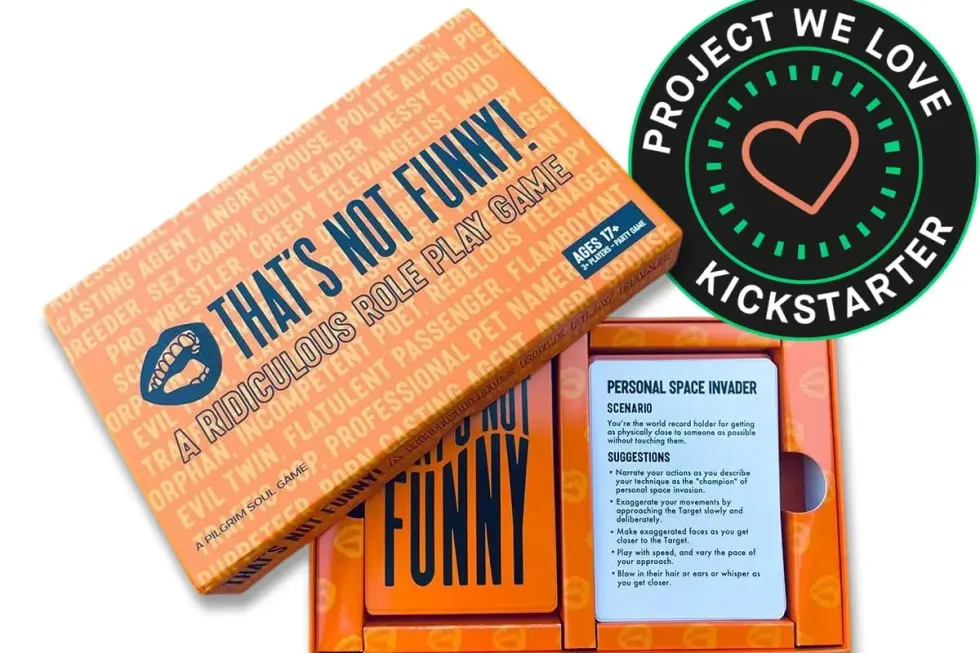
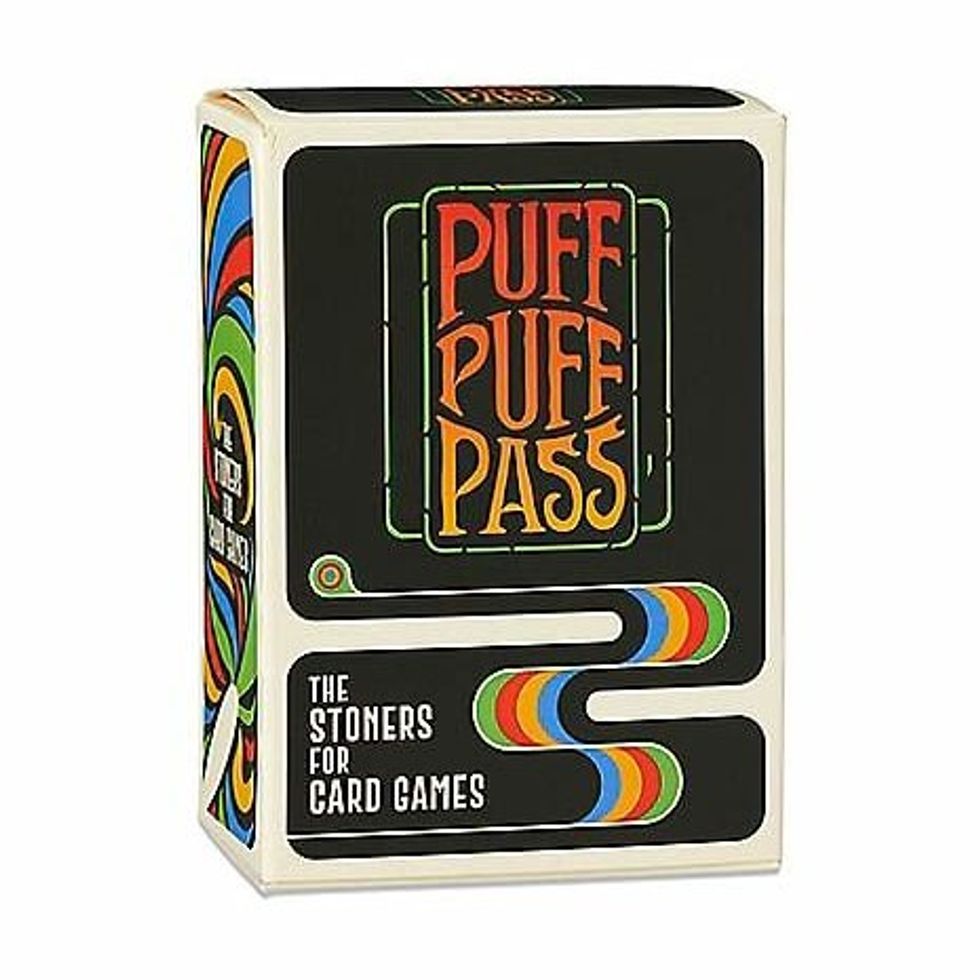
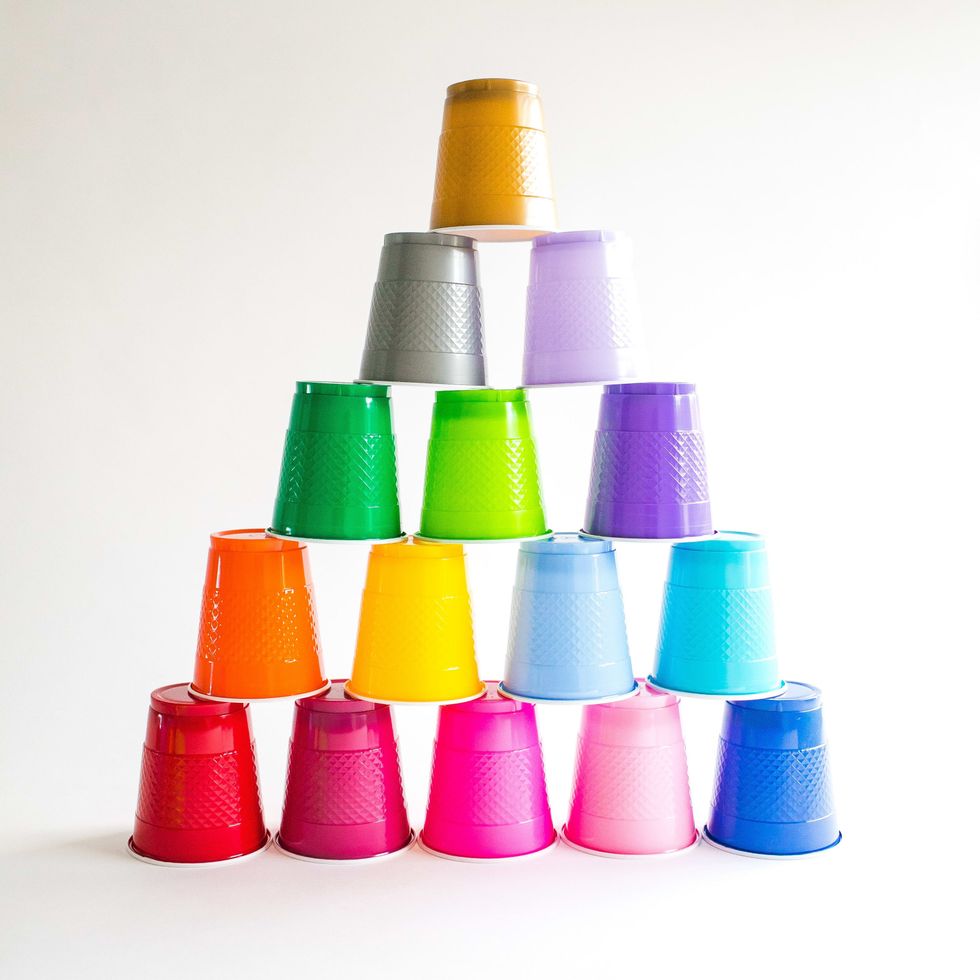
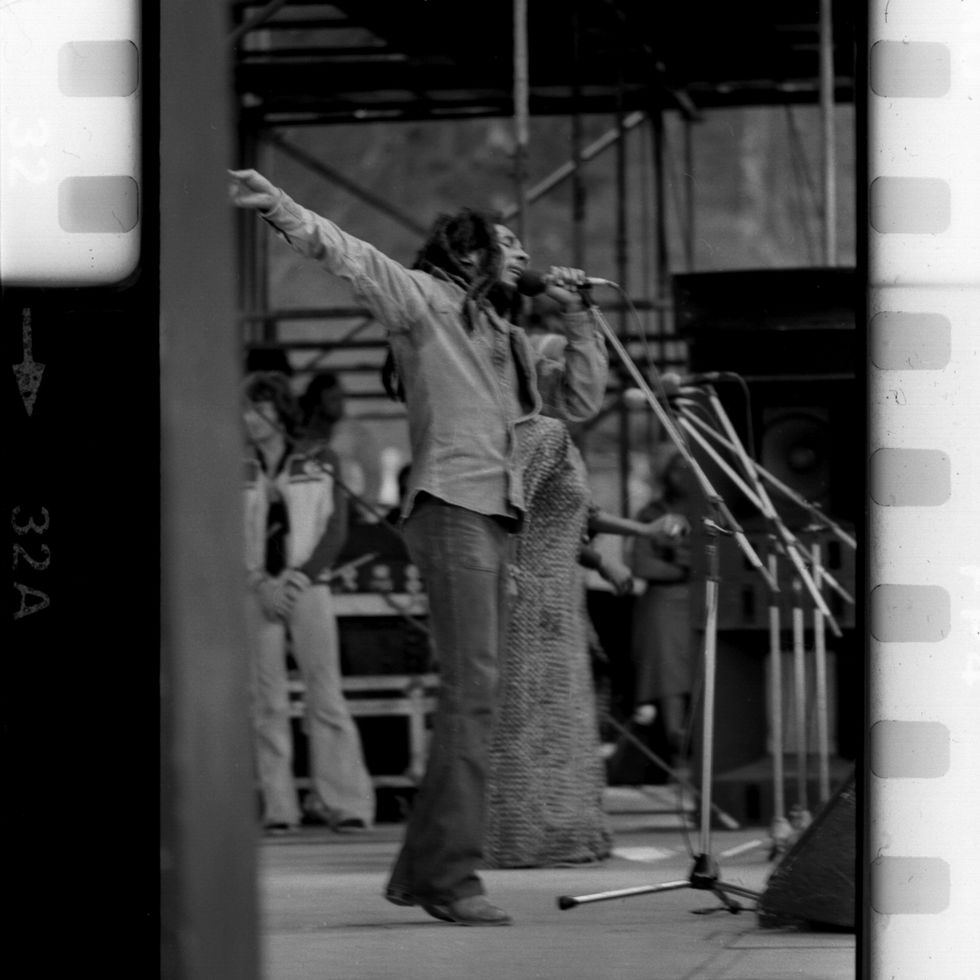 Best Weed Smoking Games to Try - Jammin'
Best Weed Smoking Games to Try - Jammin'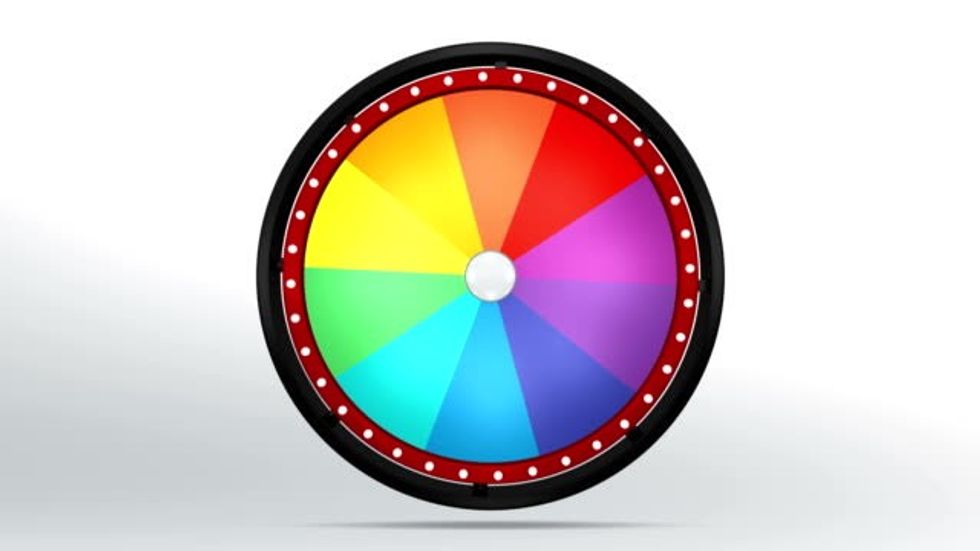 The 31 Best Weed Smoking Games To Try
The 31 Best Weed Smoking Games To Try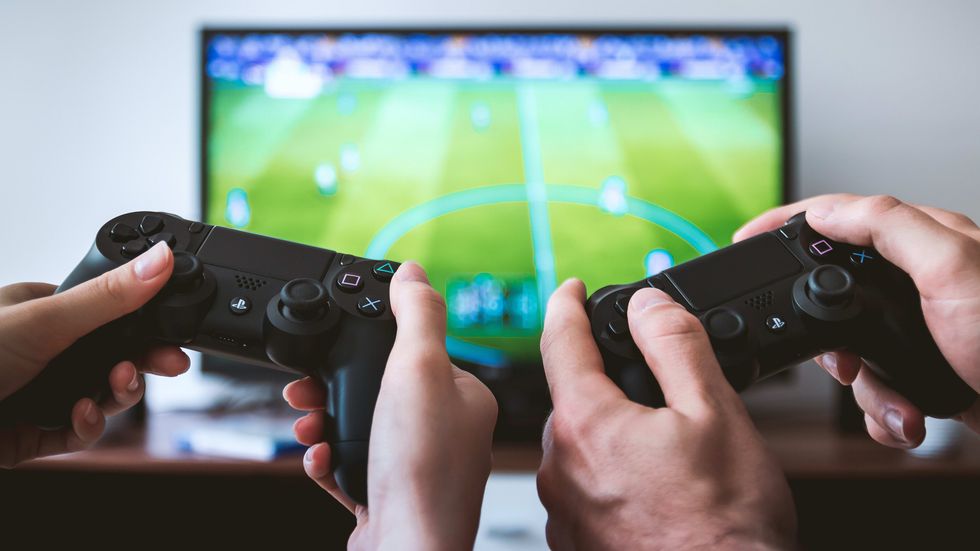 The Best Weed Smoking Games
The Best Weed Smoking Games The Best Weed Smoking Games to Try
The Best Weed Smoking Games to Try

 Stoner Games - Games to Play While High
Stoner Games - Games to Play While High The Best Weed Smoking Games to Play
The Best Weed Smoking Games to Play The Best Weed Smoking Games to Try
The Best Weed Smoking Games to Try
 The Best Weed Smoking Games to Try
The Best Weed Smoking Games to Try
 The Best Weed Smoking Games to Play
The Best Weed Smoking Games to Play The Best Weed Games to Play
The Best Weed Games to Play The Best Weed Smoking Games to Try
The Best Weed Smoking Games to Try The Best Weed Smoking Games to Play
The Best Weed Smoking Games to Play The Best Weed Smoking Games to Try
The Best Weed Smoking Games to Try Games for Stoners
Games for Stoners  woman in white and blue floral shirt sitting beside woman in white and black floral shirtPhoto by
woman in white and blue floral shirt sitting beside woman in white and black floral shirtPhoto by 
 The Best Weed Smoking Games to Play
The Best Weed Smoking Games to Play
 The Best Weed Smoking Games to Try
The Best Weed Smoking Games to Try The Best Weed Smoking Games to Try
The Best Weed Smoking Games to Try world map with pinsPhoto by
world map with pinsPhoto by 
 The Best Weed Smoking Games to Try
The Best Weed Smoking Games to Try

 What is reggie weed? - The Bluntness
Photo by
What is reggie weed? - The Bluntness
Photo by